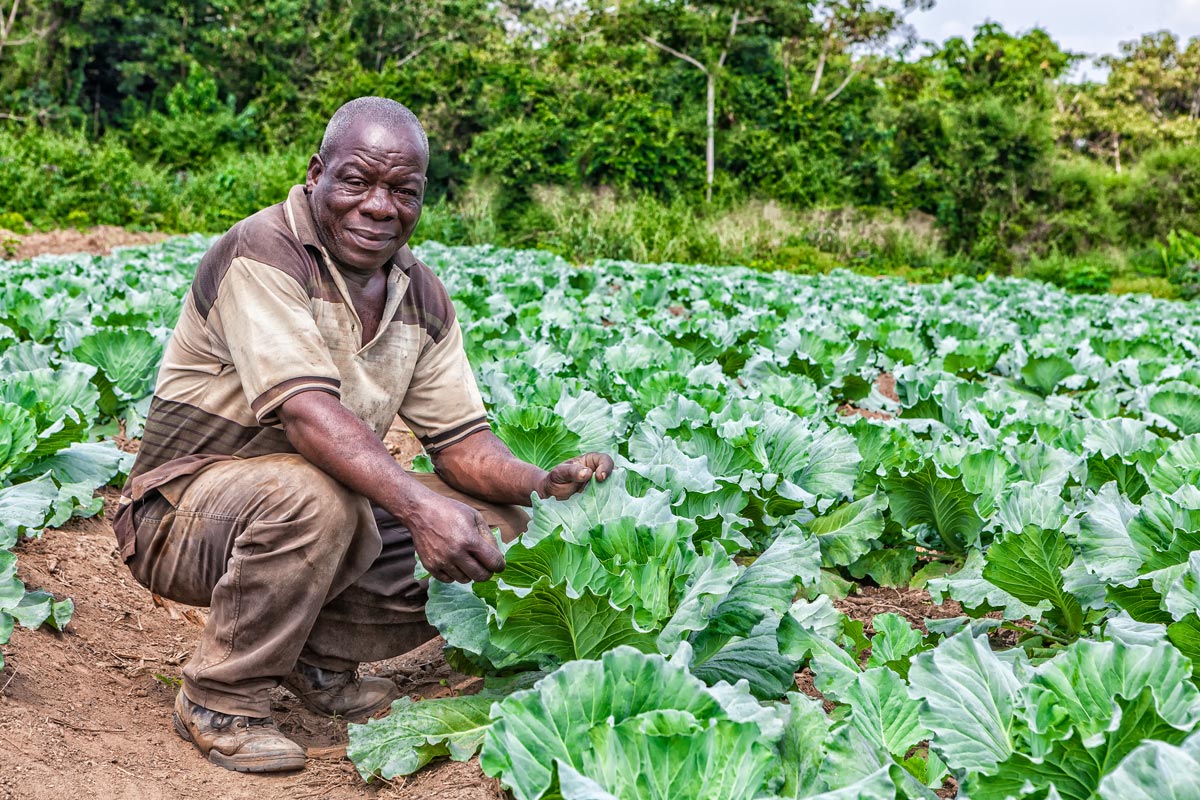Food Security
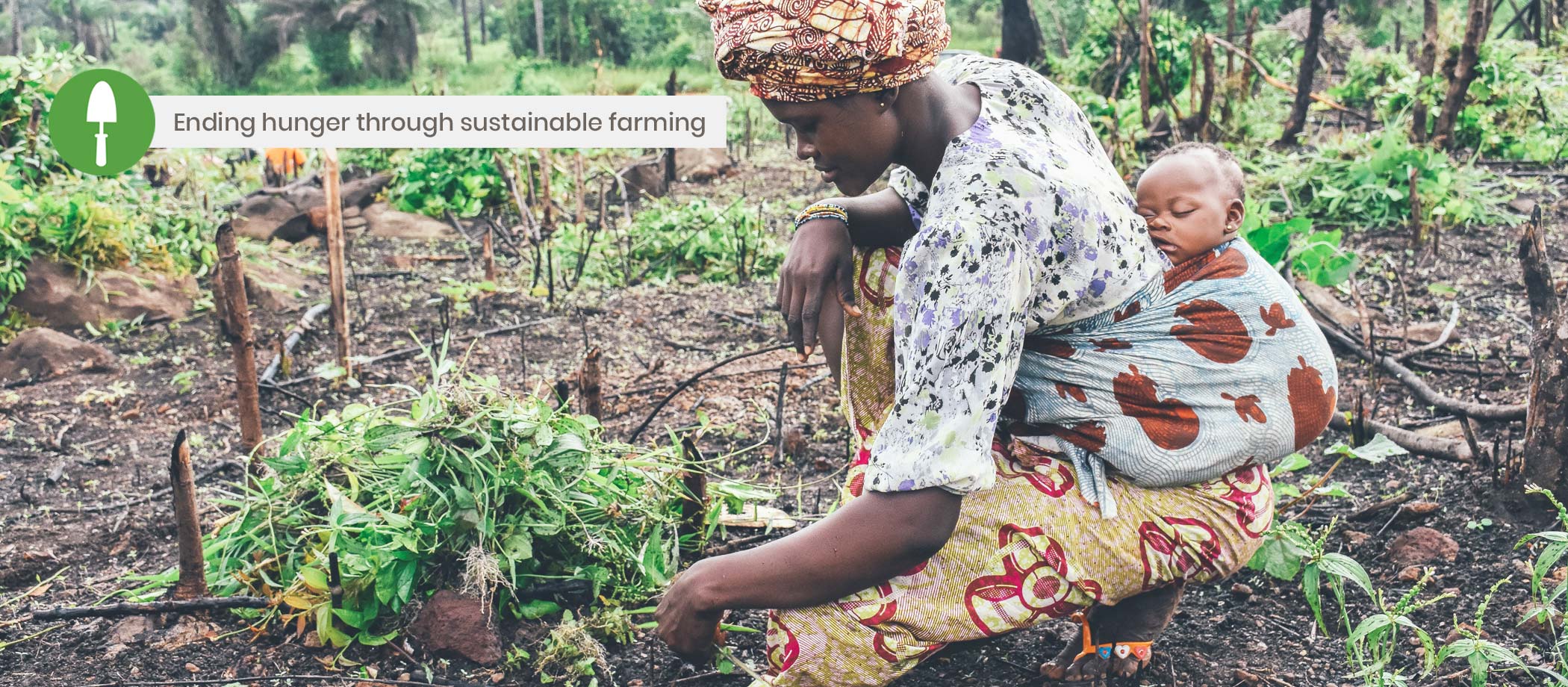
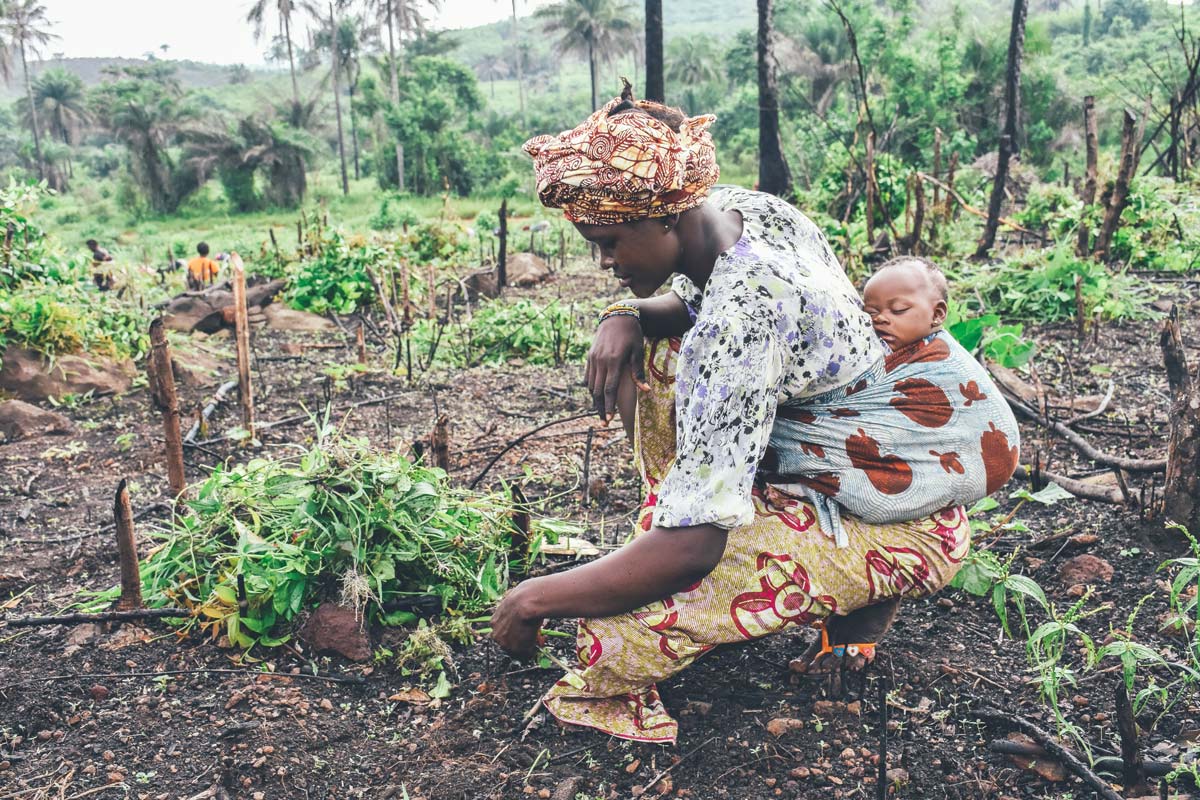
Ending Hunger
Over 800 million people do not have enough of the food they need to live an active, healthy life. The majority of these families live in rural areas where they depend on subsistence farming to survive. People suffering from chronic hunger suffer from recurring illnesses, developmental disabilities and low productivity.
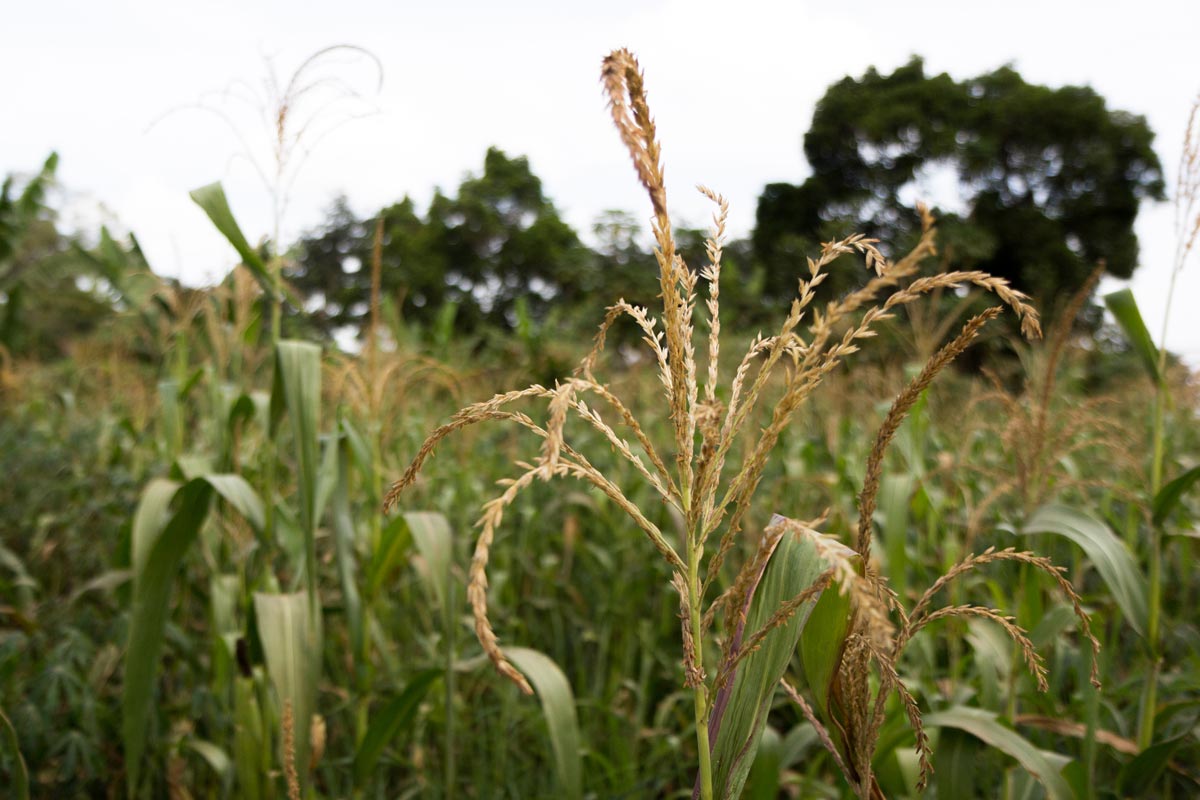
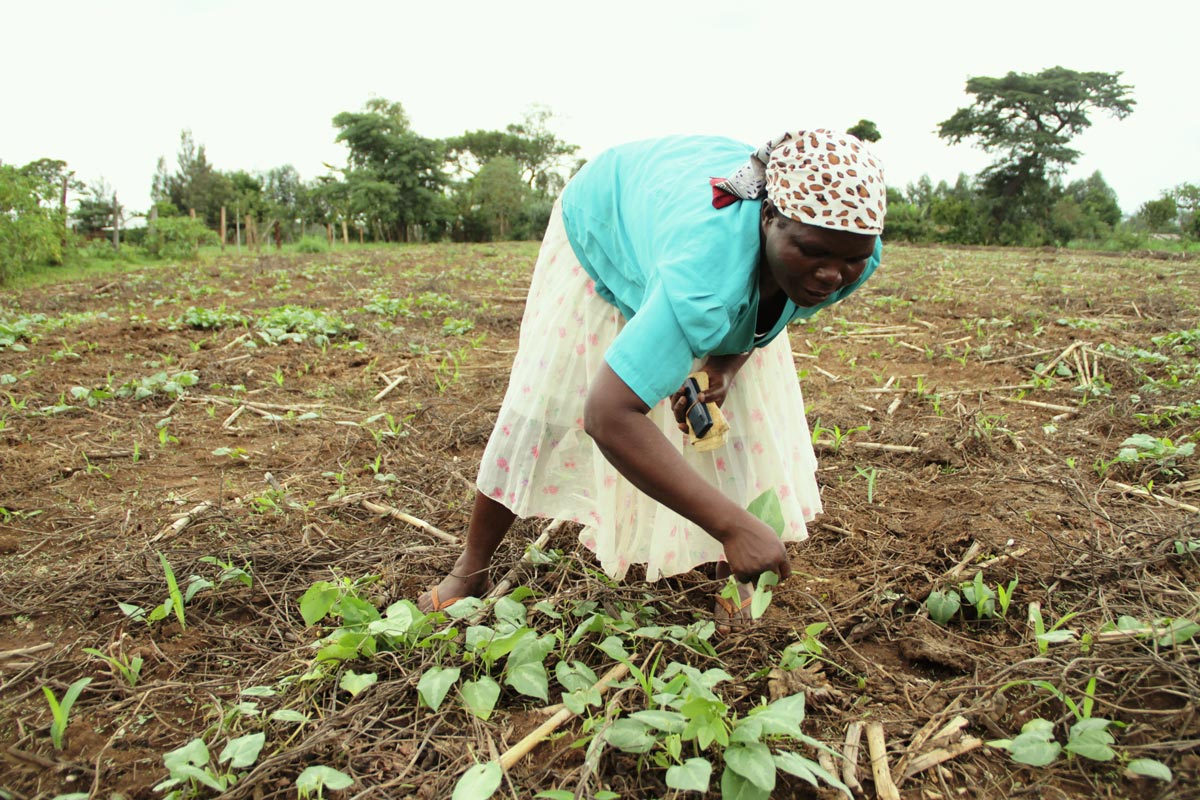
Sustainable Farming
For the majority of subsistence farmers, they have little choice but to continuously plant their land with scarce resources to replace the nutrients lost by each successive crop. Under these conditions the topsoil is exposed to erosion, the soil loses its capacity to sustain adequate crop yields and becomes more susceptible to extreme weather events. All of these factors work against smallholder farmers’ abilities to sustain the productive capacity of their soils and to provide food for themselves and their families.
Conservation Agriculture
By utilizing soil management practices that optimize and sustain the capacity of soils to produce food, farmers are able to obtain higher yields with less labor, less water and fewer chemical inputs. This is achieved by minimizing soil disturbance, keeping soils covered, and managing crop rotation. Conservation agriculture also makes land more resilient to climate-related events such as long droughts and heavy downpours, making it doubly effective in some of the poorest areas of the world. Subsistence farmers will not only be able to provide for themselves, but will have excess crop to sell for a profit.
